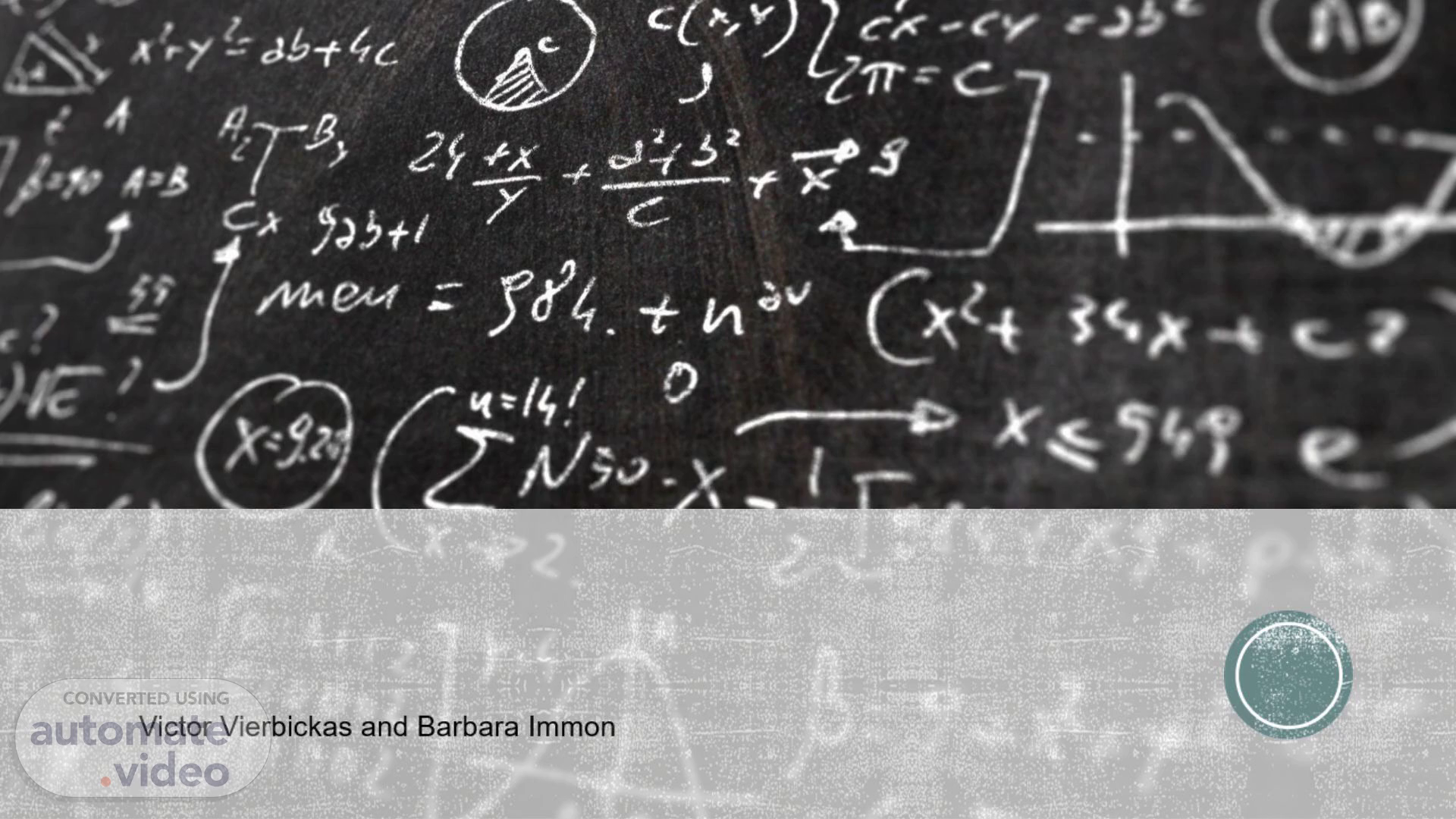
Teaching strategies for dyslexia students
Scene 1 (0s)
[Audio] Welcome to Victor Vierbickas' and Barbara Immon's presentation on Teaching strategies for dyslexic students..
Scene 2 (11s)
[Audio] Dyslexic students face many challenges. They don't only present difficulties in reading and writing. These students can be riddled with behavioral issues as well. But like all children they need the right support and reinforcers to get them on track. It is our job as educators to build a learning plan for each student. No matter the accommodations or modifications all students deserve to learn. So how do we help Dyslexic Students, well they are good at multisensory approaches, using their hands(Kinesthetic), visual, auditory learning and problem solving..
Scene 3 (46s)
[Audio] Multisensory approaches Engage students in learning. Use lessons that involve their senses Add video aids, photos, darker backgrounds, some colors that allow for easier reading and understanding Add audio aids, incorporate other items like speech to text software Include movement with learning, allow students to move more often and help them learn with their hands rather then only listen or see Instead of basic slides you could impute them into a near pod or print them in a gallery walk format When possible, add videos with subtitles and or the audio option on slides My favorite is increased movement. For review make the corners of the rooms answers, use stations or scavenger hunts. Anything to have some movements and engage them at a higher level.
Scene 4 (1m 39s)
[Audio] What are the components of multisensory learning. Sight, hearing, touch and movement Orton-Gillingham Approach The Orton-Gillingham approach empowers educators to develop an individualized, structured, multisensory plan to teach reading and vocabulary skills These step-by-step plans are used to encourage students in vocabulary and improve phonological.
Scene 5 (2m 3s)
[Audio] Visual Presentations for Dyslexia Visual presentations for dyslexia include many factors such as minimal text per slide, page or idea. Keep it limited to six bullets rather then block text like these slides. Use darker colors on light back grounds like the one behind these text. Include photos and visual ques to assist the student's progression..
Scene 6 (2m 26s)
[Audio] Auditory learning for dyslexia Dyslexic learns often have a better heard vocabulary then a read/written vocabulary. Their understanding can benefit from auditory learning and using their ears. Employ a multi-sensory method in auditory learning. Use colorful letters that students can see and feel as they read. Accommodate the student with simple instructions. Assistive technology like text to speech and speech to text. Eliminate extra background noise and use positive reinforcement while educating or reading. Encourage the use of these minor accommodations in the household.
Scene 7 (3m 6s)
[Audio] Kinesthetic Learning Hands on learning can be very beneficial for those with dyslexia. Employ movement and stations in the learning process. Have students write rather than type. Add in exercise with studying or learning. Play active games and allow students the ability to move more frequently..
Scene 8 (3m 26s)
[Audio] The end Remember there are many ways to help our students we just need to find what works best for each and every one of them..